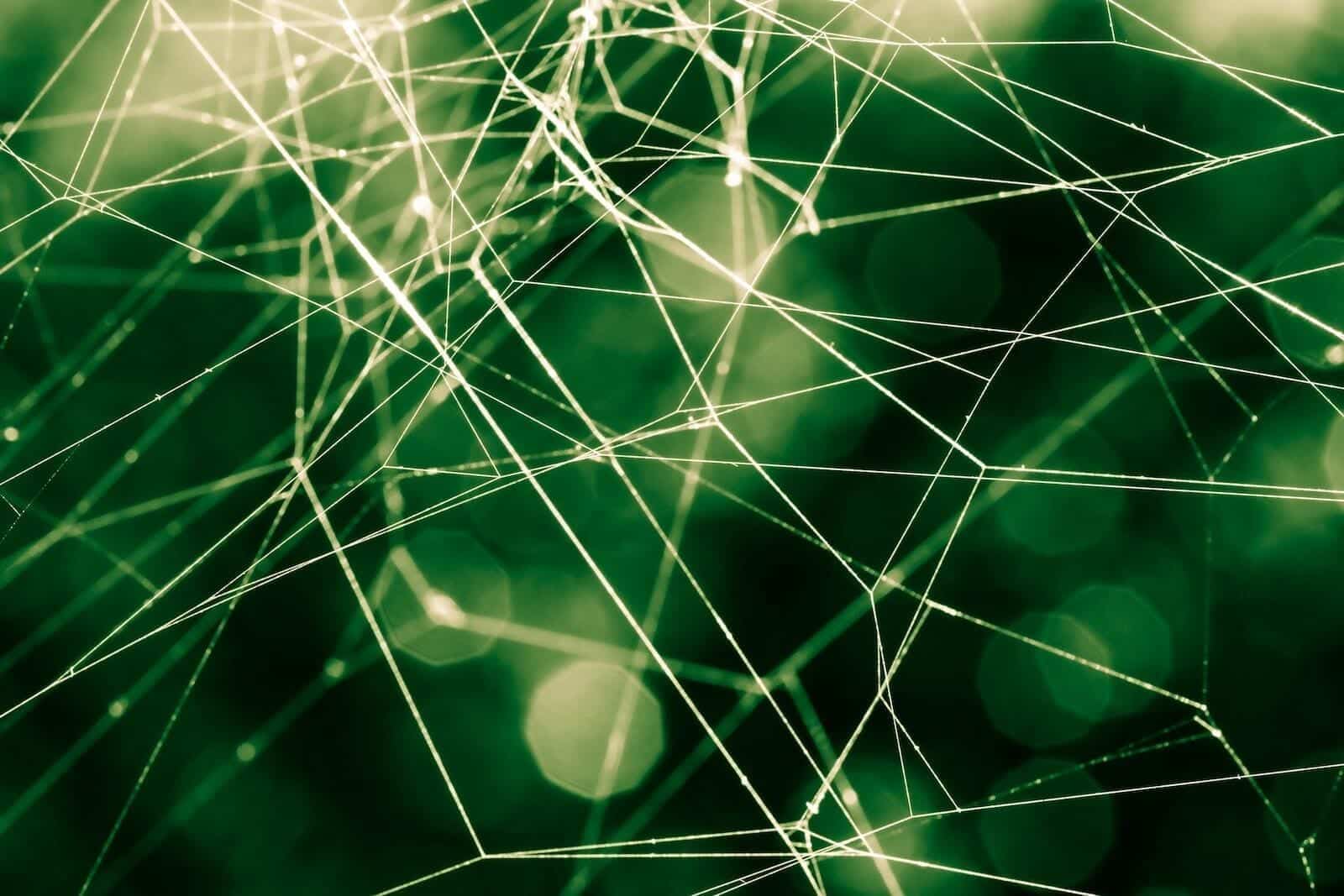
The first time I studied the concept of emergent, I was attending a complex systems course at university. My first thought was that of a pure “scientific skepticism”: a sparkling description for an idea that had soon gone up in smoke… Many of its new and pervasive implications had already flourished when I realized its immense strength. There is a moment during the life of concept when a crossroads appears above the horizon: on the one hand, a radical change to keep living in a renewed fashion. On the other is its stagnation and, inevitably, a decay towards its death. That’s the right time for emergence: as the whole is greater than its parts, a brand new system state assumes the role of “point of equilibrium far from the only real stable equilibrium.”
According to I. Prigogine’s theory is that this reality takes and dissipates external energy to maintain a vital, productive condition. The World Wide Web was born as an information-sharing tool, and nowadays, we all are experimenting with its natural evolution. It was called Web 2.0, and the main difference from its “ancestor” is the meaning of each link, which represented only the possibility of associating several hyper-textual documents. It’s now a road between two microcosms of people with knowledge and experiences, services, utilities, and much more. Such a phenomenon is hard to imagine during a design phase because we’re used to getting effects by summing up every single contribution as the inverse logical operation of the same reductionism adopted for the analysis.
It’s not astonishing at all if a similar “technique,” often chosen in Neurosciences, has been ousted after many scientists have accepted emergence as the most plausible explanation of consciousness; in fact, even a brain is a massive network with an enormous connection density, and its nodes don’t seem to be able to bring about anything which can be compared to what we call “consciousness.” Only some sort of non-linear interaction may be concerned as its creative possibilities are (now) theoretically unlimited. The only thing we can do (at the most significant scale) is wait for new, impressive evolution.
An excellent introductory book about Emergence is Emergence: The Connected Lives of Ants, Brains, Cities, and Software by Steven Johnson.
Photo by Shannon Potter

